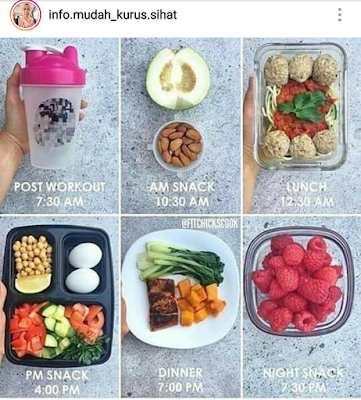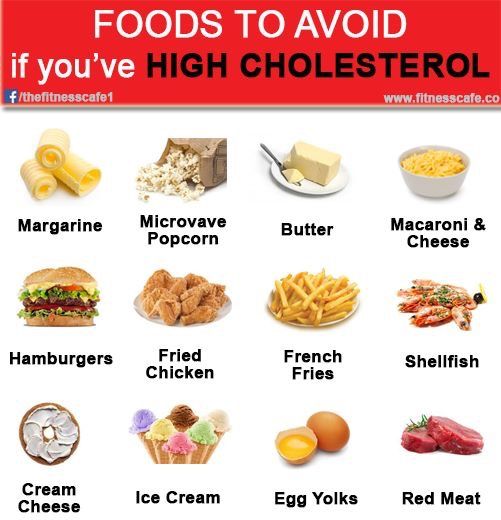
Learn more about MyPlate in our articles on MyPlate food groupings, Serving Sizes and Plant-based food. We also discuss the importance and necessity of eating lots of vitamin-rich and mineral-rich fruit and vegetables. Healthy Eating Plate is a resource intended for educators and individuals who are concerned about their health. While we have recommendations for healthy eating and exercise, we do not endorse products or recommend specific diets or exercises.
MyPlate
The MyPlate eating healthy plate encourages Americans to eat at least half their plate as fruits and vegetables. A study in Circulation in March 2021 followed 108,000 people over 30 years and found that eating the recommended amount of fruit, vegetables, and whole grains decreased mortality risk and the risk of developing type 2 diabetes. While these findings are helpful, the MyPlate eating healthy plate has some shortcomings. Here are some problems with the MyPlate healthy eating plate.
MyPlate food group
The MyPlate Plan provides a guide for healthy eating. The plan focuses on five food groups: grains, fruits, dairy, proteins, and vegetables. Half of your plate should be made up of these five food categories. Instead of choosing white bread or white rice, choose whole grains. You can then choose the right serving size for you. Also, choose foods that are rich in dietary fiber, calcium, iron, and potassium.

Serving sizes
We all have heard of serving sizes. But, how do we know how much each serving actually is? The truth is, serving sizes on food labels vary from one package to the next, and we need to pay attention to these amounts to stay healthy. If you are unsure about what foods to eat, the Nutrition Facts label can help you make an informed decision. You can find the serving size for many foods by checking the table below.
Plant-based foods
Eating plant-based is a great way to get health benefits, but it can also be a challenging transition. A plant-based diet will require significant lifestyle changes. If you're interested in making the switch, here are a few tips to get you started. Eat at least half of the food you eat from plant-based ingredients. Consume more whole grains, beans, and legumes, especially those with high fiber.
Lean protein sources
Lean protein sources have low calories but are high in protein. Protein is important for many body functions such as blood sugar regulation and helping you feel fuller longer. There are many kinds of protein that you can choose from. These are some ideas to help you add protein to your daily meals. Here are the top protein sources. All contain less than 100 calories per serving. To determine the best source of protein for your needs, choose one that contains less than 10 grams of total fat and 4.5 grams of saturated fat.
Sugar
You can stay fit and healthy by reducing the amount of sugar you eat. You can use the nutrition facts label to see how much sugar and what you can replace it with. To learn more, read the label. Most foods will indicate the amount of sugar in their labels. Sugar isn't a necessary part of our daily diet, but we shouldn't ignore it either.

Substitutes for meat
You can create healthy plates by using meat substitutes. While they may look similar to meat products in appearance, many are actually plant-based. For example, mycoprotein is a common meat substitute. It is rich in protein, fibre, and has little or no saturated fat. It is also very soluble in liquids, making it ideal to use in cooking. It can also be flavourful, ensuring that the meal remains satisfying even without the meat.
FAQ
How to Lose Weight?
Many people want to lose weight. People want to be healthier and live longer. This is why they are so motivated to lose weight. There are many ways to lose weight, and there are different types of exercises. Some of them include cardio training, strength training, yoga, pilates, running, swimming, cycling, etc. Each type of exercise has its own benefits and drawbacks. Walking, for example, is the best way of burning calories. Lifting weights is a better choice if you are looking to increase muscle mass. We'll be discussing how to lose weight, and which exercise is best.
First, you must decide what kind of diet plan to follow when trying lose weight. It doesn't mean you have to eat less, but it is important to avoid junk food and eat more fresh foods. It is recommended that you consume at least 2200 calories daily. If you want to lose weight faster, you should reduce your calorie intake even further. This will make it easier to lose weight.
If you want to know how to lose weight fast, you should start exercising. Exercise will help you burn calories and boost your metabolism. A healthy diet and exercise are key to losing weight. You lose energy when you exercise and you won't eat as much. You will see a faster rate of fat loss if you exercise regularly. Regular exercise is a great way to keep fit and healthy. They keep you active and prevent diseases like heart disease, stroke, hypertension, diabetes, and others.
You should try to walk as much as possible. Walking is a great way to burn 500 calories per hour. If you walk 30 minutes every day, you will burn around 1500 calories. Therefore, you will lose 1 pound of fat per week. You can also run or jog for 10 minutes. Running burns approximately 1000 calories per hour. For a goal of losing 5 pounds in 3 week's time, you should run for 20 mins three times a week.
For weight loss, it is best to combine exercise with healthy eating habits. Try to find a balance between these two factors.
What foods should I consume during an intermittent fast to lose weight
Cutting out carbs is the best way to lose weight. This means avoiding bread, pasta, rice and potatoes as well as other carbohydrate-based foods.
You'll also want to avoid eating too much protein because it keeps you full longer. You won't feel as hungry.
Instead, choose foods rich in healthy fats. These foods can keep you satisfied for hours after they are eaten.
It is important to drink enough water. Water helps you stay hydrated, which makes it easier to burn fat.
This could be because you find you really crave these foods when fasting. These cravings don't necessarily mean that you should give in. If you do that, you may gain more weight then you lose.
To prevent overeating, try keeping an eye on how much you consume throughout the day. Instead of reaching for another snack, sip a glass of water when you feel hungry.
It might sound counterintuitive at first, but it has been shown that this can help you slim down. A study published in Obesity found that participants ate fewer calories when they drank plain water than sugary drinks.
In addition, drinking plain water helped reduce feelings of hunger. So if you really want to lose weight, skip the sweetened beverages and stick to water.
If you want to lose weight, you don't need to count every calorie or deprive yourself of certain foods. Instead, focus on making small changes to your lifestyle.
Start by switching your regular breakfast sandwich for a bowl oatmeal. Or swap your afternoon cookie for a piece of fruit.
These easy changes can help you lose weight and keep your kitchen clean.
What can I drink during intermittent fasting in the morning?
You should try drinking water first thing in the morning. It helps you feel full faster and gives you energy throughout the day. You can add lemon juice or cucumber slices to enhance the flavor.
Can I eat the fruits of my intermittent fasting diet?
Fruits are great for your health. They are rich sources of vitamins, minerals. Fiber, antioxidants, as well other nutrients. However, they also contain sugar which can cause blood glucose levels to spike. This can lead to insulin resistance and weight gain. When you are trying to lose weight on an IF diet, make sure you eat low glycemic fruit such as apples, pears or berries.
Statistics
- According to a study sponsored by the American Council on Exercise, a person weighing around 140 pounds (64 kg) would burn 108 calories at a 30-minute beginner's Pilates class or 168 calories at an advanced class of the same duration (26). (healthline.com)
- Another study found that 24 weeks of weight training led to a 9% increase in metabolic rate among men, which equated to burning approximately 140 more calories per day. (healthline.com)
- According to Harvard Health, it's estimated that a 155-pound (70-kg) person burns around 167 calories per 30 minutes of walking at a moderate pace of 4 mph (6.4 km/h) (5). (healthline.com)
- One study in 9 active men found that HIIT burned 25–30% more calories per minute than other types of exercises, including weight training, cycling, and running on a treadmill (18Trusted Source (healthline.com)
External Links
How To
How to exercise for weight loss
One of the best ways you can lose weight is to exercise. Many people don't know how to exercise properly. Cardio exercises like running, cycling and swimming should be combined with strength training exercises like pulling ups, pushups and squats. The most effective way to lose weight is to combine these two types of exercises together. Start exercising and find friends to support you. You have two options: you can join a gym or just walk around your neighborhood. Whatever type of activity you choose, make sure that you stick with it consistently. It's very easy to get off track when you first start working out, so don't give up if things aren't going well right away. Just keep going!